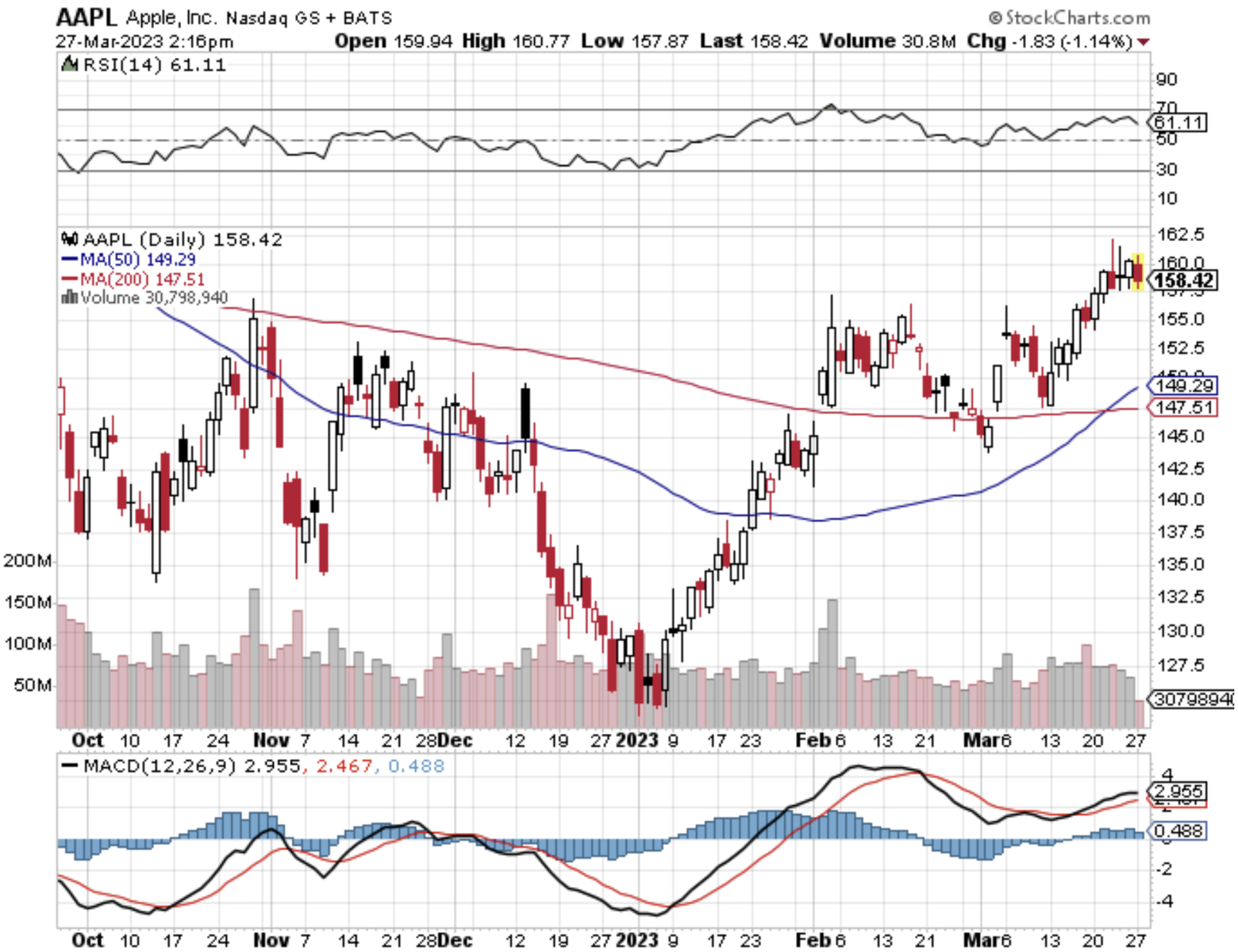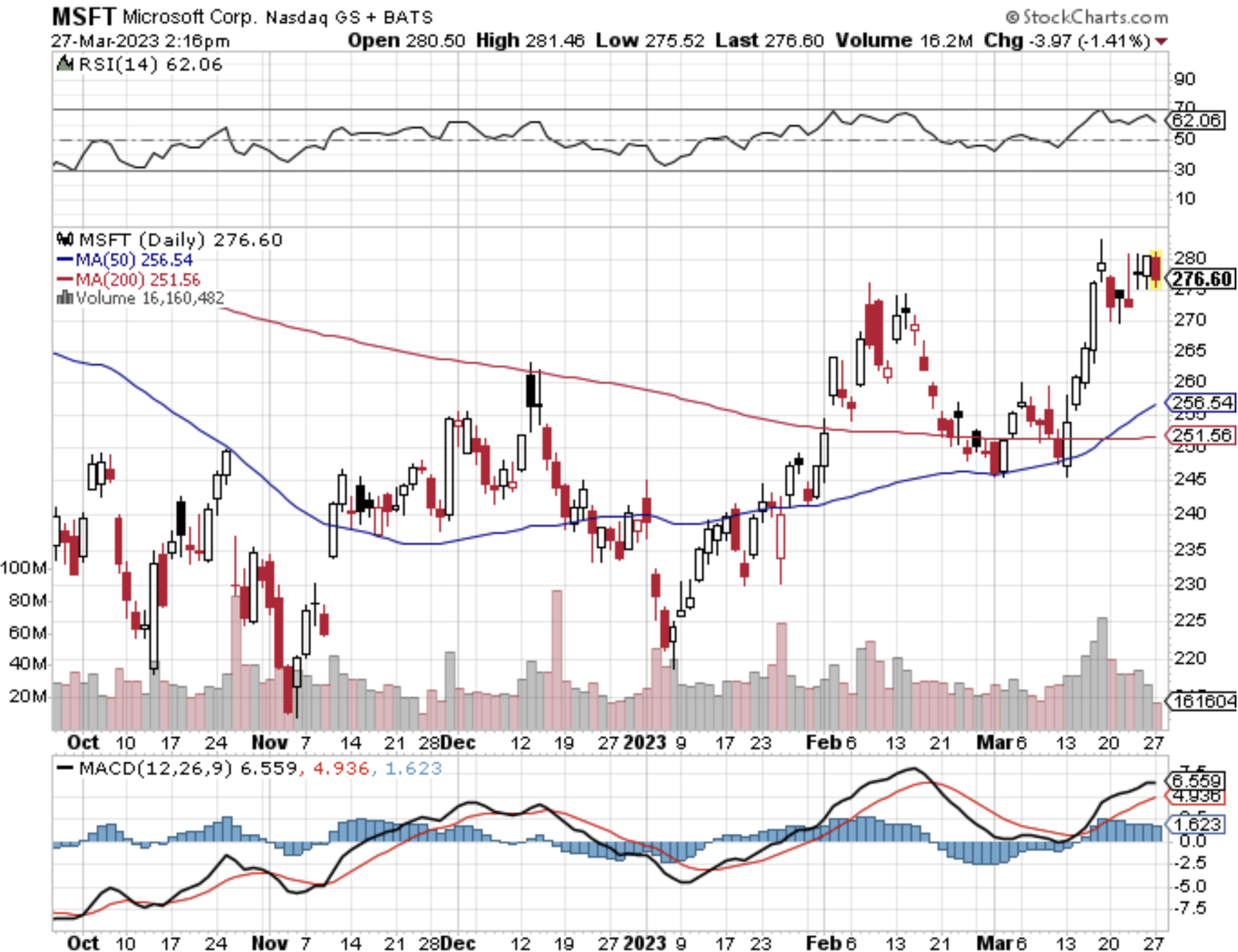The Federal Reserve is moving deeper into a trapped corner because the Fed is facing inflation that they haven’t fixed yet.
That’s not a problem so far as they are gradually lifting rates to cure it, but what happens when a systemic event occurs and they are forced to pivot when inflation is still at 6%?
This is why I have always championed just doing one big rate raise to get it over with.
The longer the Fed draws it out, the more chance they have to pivot when inflation is still toxic to the consumer.
Why do I care about all this?
The systemic event has arrived and that could mean that precious dollars are steered away from tech shares in April and are funneled over to the banking sector where the smart money is buying the dip in “too big to fail” banking stocks.
Since the beginning of March, three U.S. banks have failed and others — most notably California-based First Republic (FRC) — are teetering on the edge amid deposit outflows.
All else equal, in a banking crisis, investors would expect the Fed to cut rates to ease pressure on the financial system.
Since 1977, the Federal Reserve has worked to fulfill a "dual mandate" of achieving maximum employment and stable prices.
Tech stocks had a strong initial bounce from the banking shock, but that doesn’t mean it will last.
I took profits in some of my tech positions and the pricing action in the last few days has been poor to the upside.
I do believe we could experience a transitory sideways move which might be followed by an earnings scare that could induce a short-term pullback.
Tech has done remarkably well in the first few months of the year and the grind up during the banking crisis has shown resilience.
However, where is the use case for the incremental investor in tech?
Sure, we got some nice bounces from Facebook and Google cutting staff.
Getting leaner is certainly better.
Then there was the OpenAI bounce with artificial intelligence going from a fad to the new buzzword.
Microsoft and Apple have separated themselves from the crowd.
I am concerned about the breadth of the tech sector because many growth companies are starting to dip and dip some more.
It’s true that many investors are on the sidelines because they believe that the banking crisis has just started.
At the end of the day wasn’t it Russia that was supposed to preside over a failing economy susceptible to bank runs?
Ironically enough, by the end of 2021, as a result of high oil prices and a post-pandemic recovery, Russia's annual growth rate exceeded 5%. While the rate was expected to slow down in 2022, prewar forecasters would pin it at around 3 percent.
After the buy-the-dip in banks crowd moved out of the safety tech trade, we could be in for a sideways correction that could lead to some downside risk.
It doesn’t help that the Western financial system has creaky knees and it seems at this point tech might have to navigate around bank blowups in the short term.
The real safety tech trade continues to be Apple and Microsoft because the banking contagion has effectively led to the death of tech startups and small caps.





